当前位置:网站首页>Différences entre les contraintes monotones et anti - monotones
Différences entre les contraintes monotones et anti - monotones
2022-07-07 10:40:00 【Xminyang】
▚ 01 Monotone Constraints Contraintes monotones
1.1 Definitions Définition
【Monotone Constraints | SpringerLink 】
A constraint C is monotone if and only if for all itemsets S and S′:
if S ⊇ S′ and S violates C, then S′ violates C.
1.2 Key Points Points saillants
Monotone constraints possess the following property. If an itemset S violates a monotone constraint C, then any of its subsets also violates C. Equivalently, all supersets of an itemset satisfying a monotone constraint C also satisfy C (i.e., C is upward closed). By exploiting this property, monotone constraints can be used for reducing computation in frequent itemset mining with constraints. As frequent itemset mining with constraints aims to find frequent itemsets that satisfy the constraints, if an itemset S satisfies a monotone constraint C, no further constraint checking needs to be applied to any superset of S because all supersets of S are guaranteed to satisfy C. Examples of monotone constraints include min(S. Price) ≤ $30, which expresses that the minimum price of all items in an itemset S is at most $30. Note that, if the minimum price of all items in S is at most $30, adding more items to S would not increase its minimum price (i.e., supersets of S would also satisfy such a monotone constraint).

▚ 02 Anti-monotone Constraints Contrainte anti - monotone
2.1 Definitions Définition
【Anti-monotone Constraints | SpringerLink】
A constraint C is anti-monotone if and only if for all itemsets S and S′:
if S ⊇ S′and S satisfies C, then S′ satisfies C.
2.2 Key Points Points saillants
Anti-monotone constraints possess the following nice property. If an itemset S satisfies an anti-monotone constraint C, then all of its subsets also satisfy C (i.e., C is downward closed). Equivalently, any superset of an itemset violating an anti-monotone constraint C also violates C. By exploiting this property, anti-monotone constraints can be used for pruning in frequent itemset mining with constraints. As frequent itemset mining with constraints aims to find itemsets that are frequent and satisfy the constraints, if an itemset violates an anti-monotone constraint C, all its supersets (which would also violate C) can be pruned away and their frequencies do not need to be counted. Examples of anti-monotone constraints include min(S. Price) ≥ $20 (which expresses that the minimum price of all items in an itemset S is at least $20) and the usual frequency constraint support(S) ≥ minsup (i.e., frequency(S) ≥ minsup). For the former, if the minimum price of all items in S is less than $20, adding more items to S would not increase its minimum price (i.e., supersets of S would not satisfy such an anti-monotone constraint). For the latter, it is widely used in frequent itemset mining, with or without constraints. It states that (i) all subsets of a frequent itemset are frequent and (ii) any superset of an infrequent itemset is also infrequent. This is also known as the Apriori property.

▚ 03 Explanation Explication
Hypothèses:On vaS violates CEn tant qu'événementA,S′ violates CEn tant qu'événementB;Et S satisfies CPour l'événementnot A,then S′ satisfies CPour l'événementnot B.
En ce moment,SelonMonotone Constraints Définition (A → B),C'est - à - dire(not B → not A);
SelonAnti-monotonicity Constraints Définition (not A → not B),C'est - à - dire(B → A);
Parce que(A → B)Cela ne signifie pas nécessairement(B → A), Donc les deux (Monotone Constraints & Anti-monotonicity Constraints) La déclaration est différente .

▚ 04 Example Exemple
For an example. Consider-
C1 = Sum of elements is greater than 5
C2 = Sum of elements is at most 5
U(universe) = Set of non-negative real numbers
In case of C1,
If S violates C1, then S’ obviously violates C1 as well (S being a superset of S’)
Eg. S = {1, 2}, S’ = {2}
Hence C1 is monotonic.
In case of C2,
If S satisfies C2, then S’ obviously satisfies C2 as well (S being a superset of S’)
Eg. S = {1, 2}, S’ = {2}
Hence C2 is anti-monotonic.

▚ 05 Contraintes de l'exploration des données
Constraint-Based Mining — A General Picture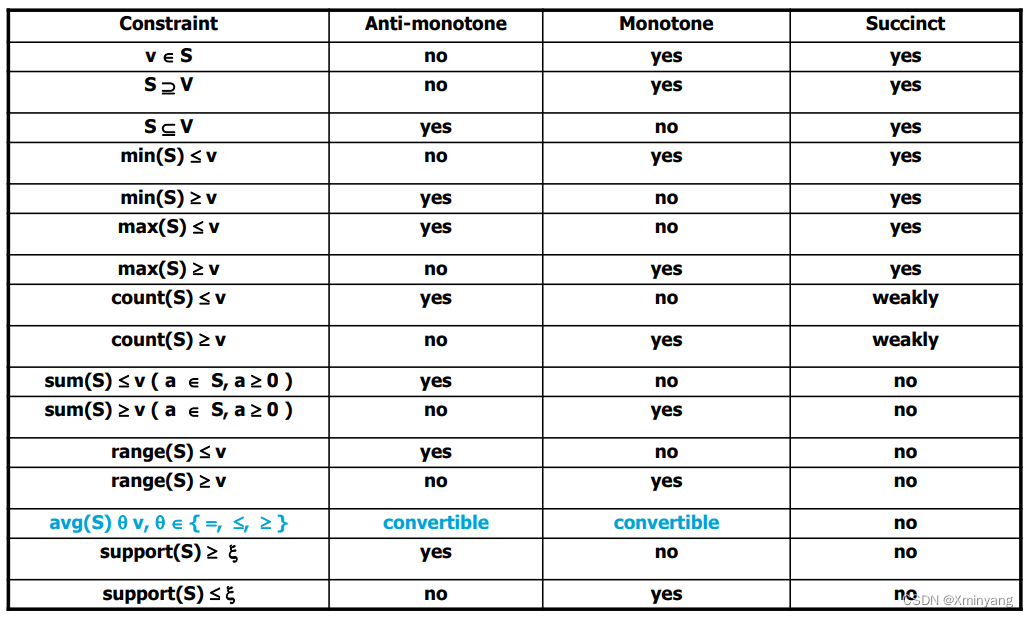

Article de référence
边栏推荐
猜你喜欢

What are the test preparation materials and methods for soft exam information processing technicians?
![[recommendation system 02] deepfm, youtubednn, DSSM, MMOE](/img/d5/33765983e6b98235ca085f503a1272.png)
[recommendation system 02] deepfm, youtubednn, DSSM, MMOE
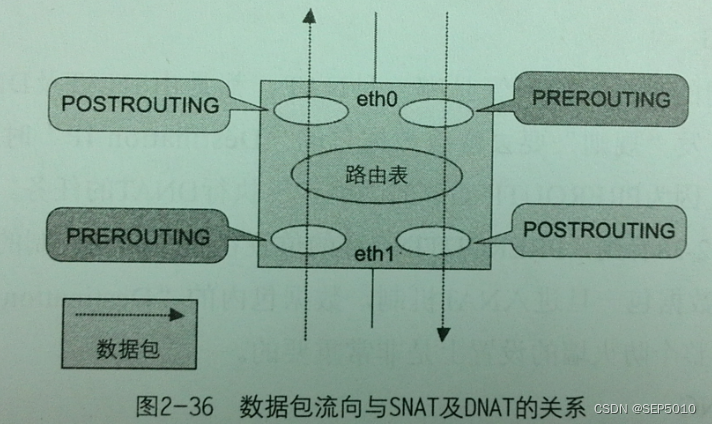
Summary of router development knowledge
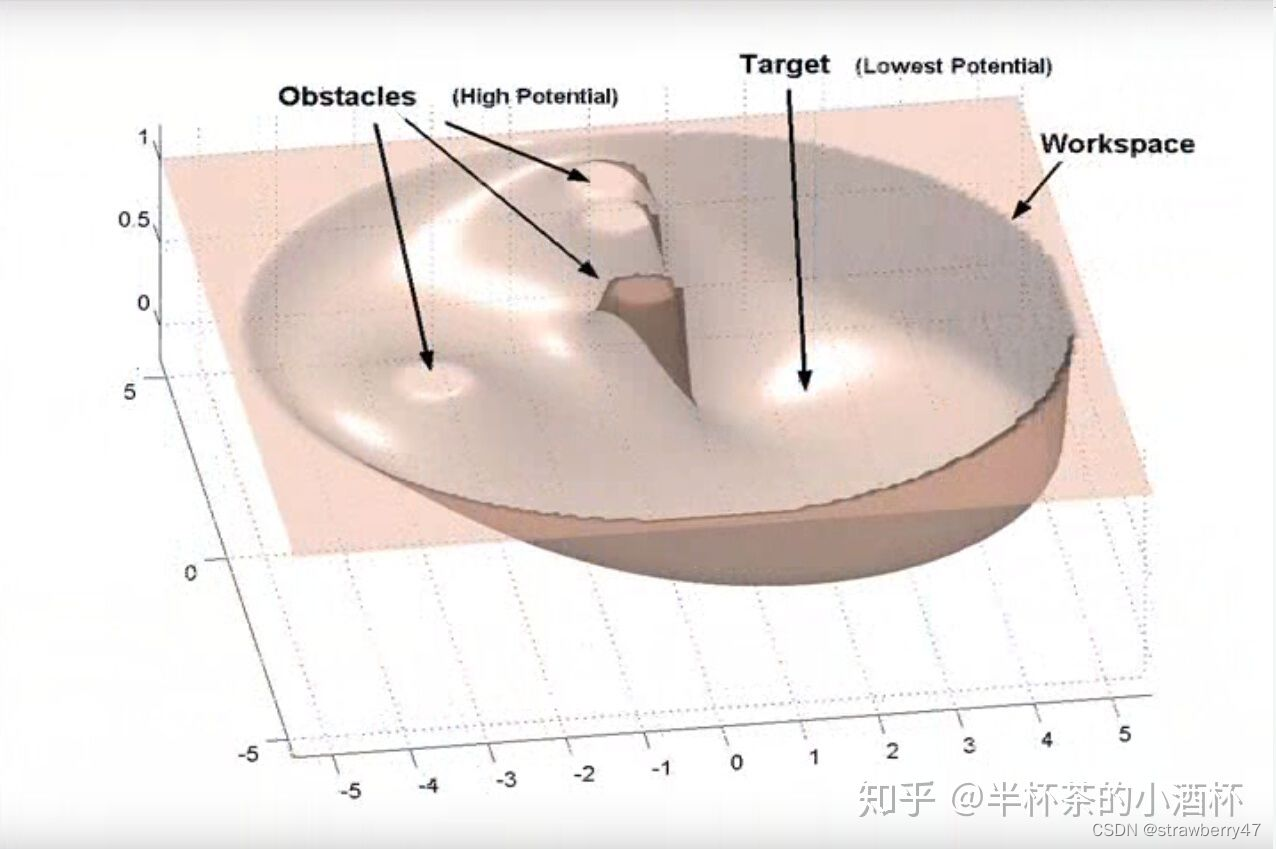
Trajectory planning for multi-robot systems: Methods and applications 综述阅读笔记

高级软考(网络规划设计师)该如何备考?
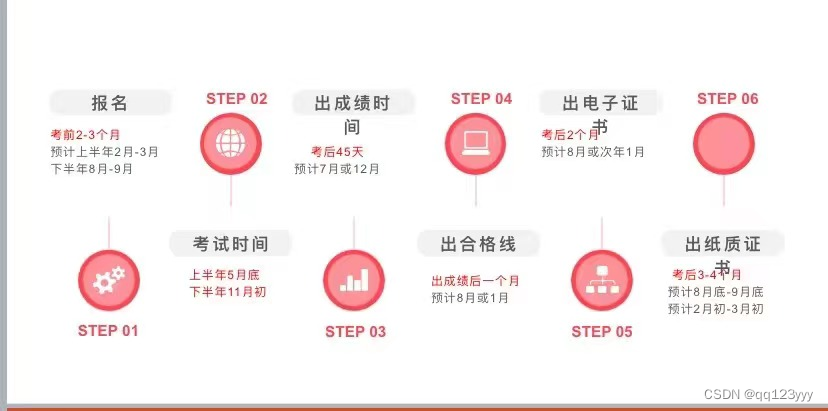
软考一般什么时候出成绩呢?在线蹬?
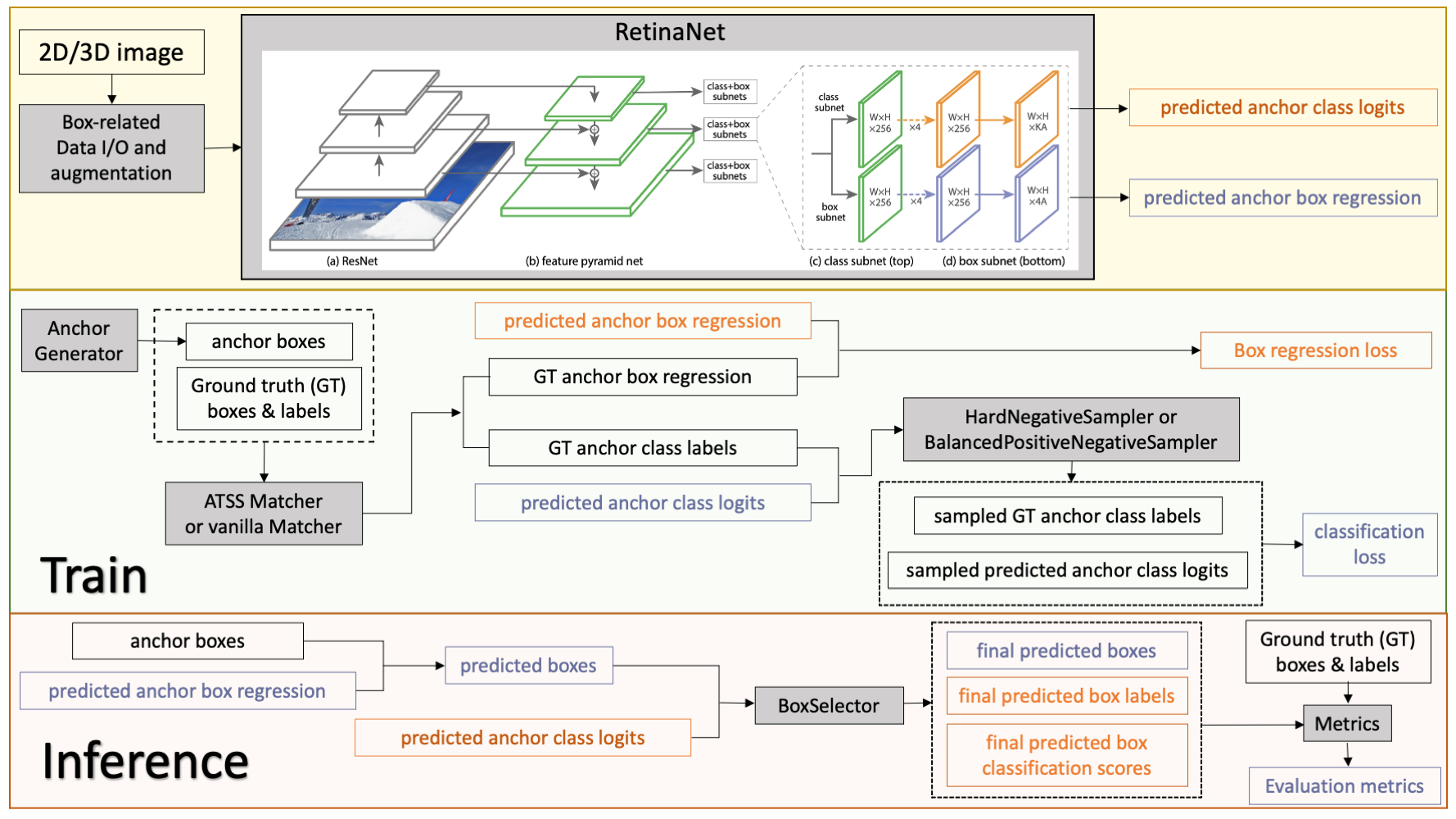
Monai version has been updated to 0.9. See what new functions it has

1324:【例6.6】整数区间

PHP \ newline cannot be output

2022年上半年5月网络工程师试题及答案
随机推荐
IIC Basics
【推荐系统 01】Rechub
Application of OpenGL gllightfv function and related knowledge of light source
Multisim--软件相关使用技巧
CAS机制
枪出惊龙,众“锁”周之
Installation and configuration of slurm resource management and job scheduling system
PHP \ newline cannot be output
ThreadLocal is not enough
原型与原型链
P2788 math 1 - addition and subtraction
I'd rather say simple problems a hundred times than do complex problems once
软考中级电子商务师含金量高嘛?
Cluster task scheduling system lsf/sge/slurm/pbs based on HPC scenario
施努卡:机器视觉定位技术 机器视觉定位原理
Is the gold content of intermediate e-commerce division in the soft exam high?
小程序跳转H5,配置业务域名经验教程
宁愿把简单的问题说一百遍,也不把复杂的问题做一遍
求最大公约数与最小公倍数(C语言)
2022年7月10日“五心公益”活动通知+报名入口(二维码)